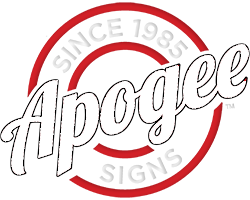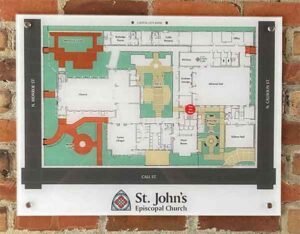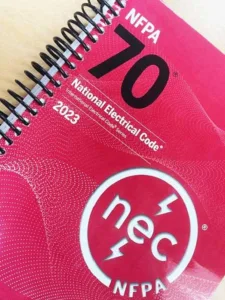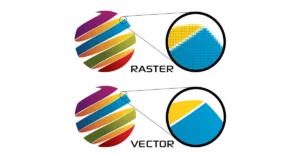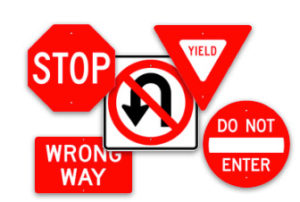 In the hustle and bustle of our daily lives, we often overlook the silent communicators that guide us, inform us, and keep us safe. These unsung heroes are the signs that dot our streets, buildings, and public spaces. From simple road signs to complex wayfinding systems, signage is an essential aspect of modern life, silently conveying crucial information that we often take for granted. In this article, we’ll explore the significance of signage as a silent communicator and how it shapes our daily routines.
In the hustle and bustle of our daily lives, we often overlook the silent communicators that guide us, inform us, and keep us safe. These unsung heroes are the signs that dot our streets, buildings, and public spaces. From simple road signs to complex wayfinding systems, signage is an essential aspect of modern life, silently conveying crucial information that we often take for granted. In this article, we’ll explore the significance of signage as a silent communicator and how it shapes our daily routines.
The Unspoken Language of Signs
Imagine driving down a busy highway without any road signs to guide you. Chaos would ensue, and the risk of accidents would skyrocket. Road signs, with their clear symbols and colors, communicate essential information without the need for words. A red stop sign is universally understood as a command to halt, while a green arrow signals permission to proceed. These signs are a silent language we all understand, transcending linguistic barriers.
Beyond road signs, think about the signs that adorn your favorite store or restaurant. The glowing neon sign of a diner welcomes hungry patrons, while a “Sale” sign in a boutique instantly captures shoppers’ attention. These signs convey messages, evoke emotions, and influence our choices, all without uttering a single word.
Safety and Direction
Signage plays a vital role in ensuring our safety and helping us find our way. In hospitals, signs direct us to emergency exits and crucial departments. At airports, signs guide us through the labyrinthine terminals, ensuring we reach our gate on time. In public transportation systems, signs announce train schedules and provide directions to passengers. Whether you’re in a new city or a familiar neighborhood, signage is there to keep you on the right path.
Consider the signs you encounter when visiting a national park or hiking trail. “No Swimming” signs warn of dangerous currents, while trail markers guide you along your journey. These signs are not just pieces of wood or metal; they are guardians of your well-being, silently watching over you as you explore the great outdoors.
Cultural and Historical Significance
Signage isn’t just about practicality; it also carries cultural and historical significance. Think about the iconic Hollywood sign in Los Angeles, the “Welcome to Fabulous Las Vegas” sign in Nevada, or the historic “Route 66” signs along the iconic highway. These signs are symbols of their respective places, evoking a sense of nostalgia and identity.
Similarly, street signs often bear the names of individuals who have made significant contributions to their communities or countries. These signs serve as reminders of the people who have shaped our history, silently honoring their legacies.
In closing, signage is the silent communicator that we encounter every day, shaping our actions, decisions, and experiences. It guides us through the urban jungle, ensures our safety, and carries the weight of our cultural heritage. Without signage, our world would be a chaotic and confusing place.
The next time you encounter a sign on your daily journey, take a moment to appreciate its silent power. From the simplest road sign to the most iconic landmarks, these signs are the invisible threads that weave our daily lives together. They are the unsung heroes of communication, silently reminding us that sometimes, actions truly speak louder than words.
